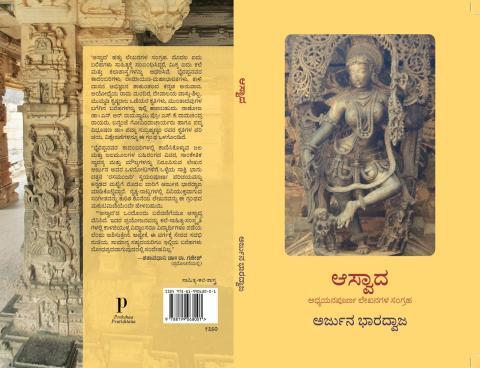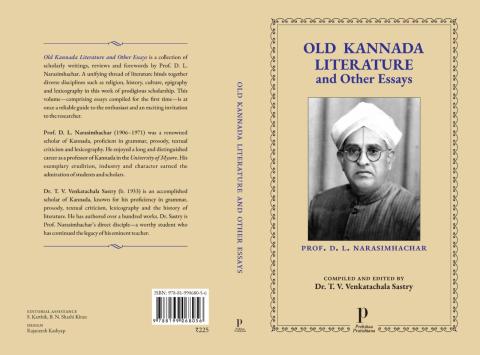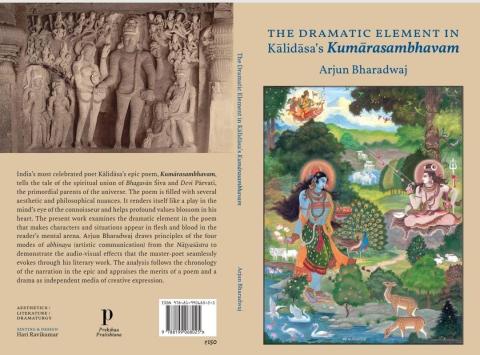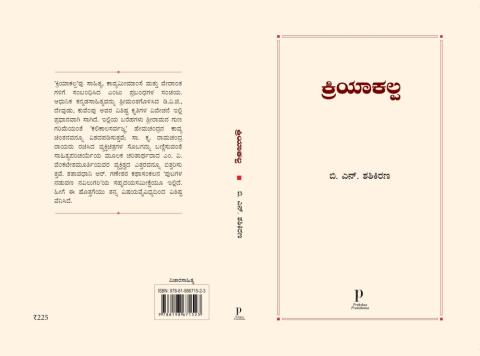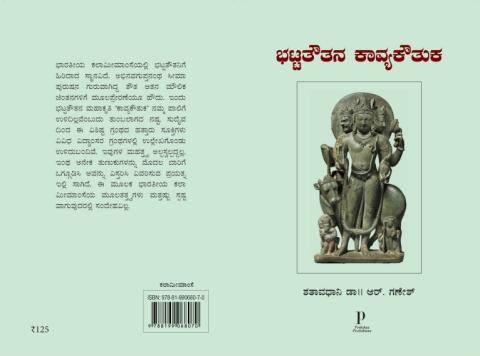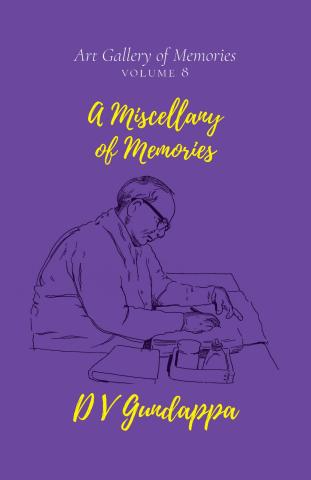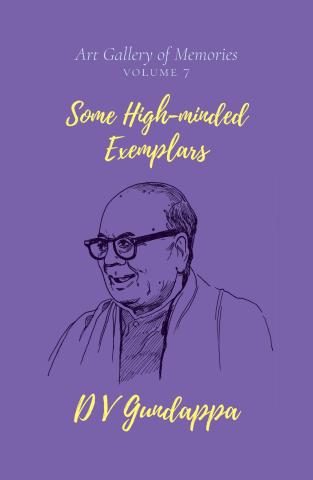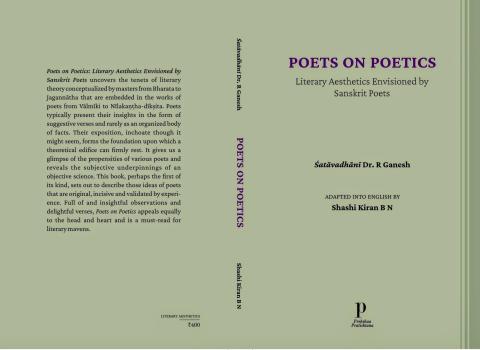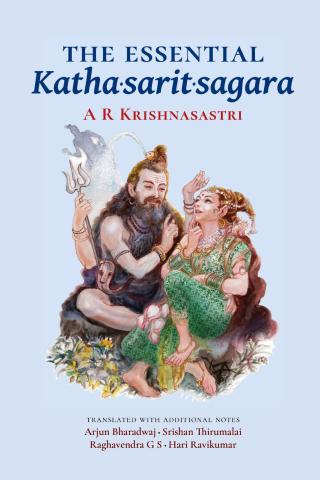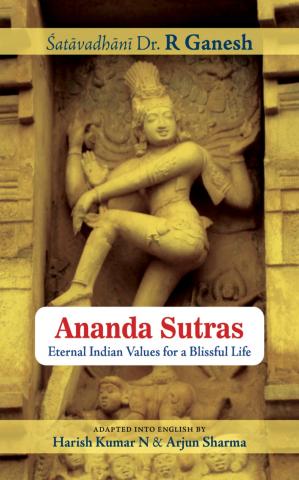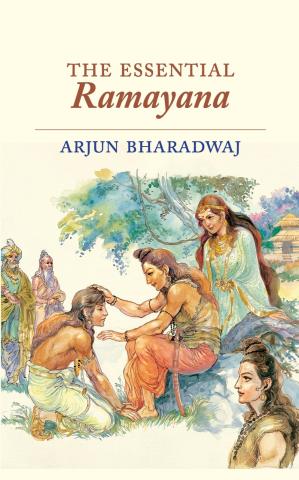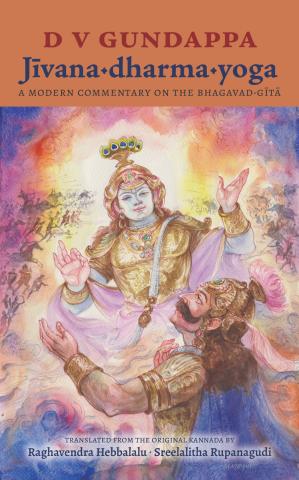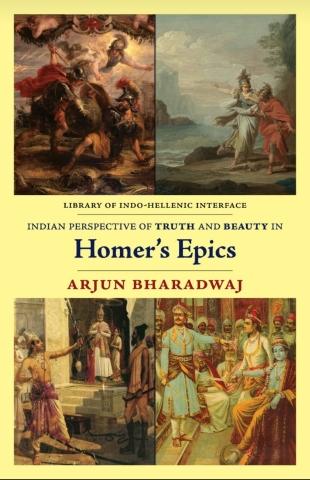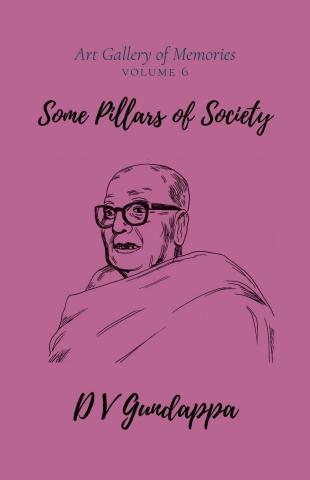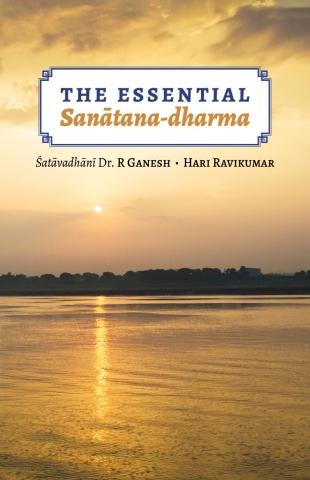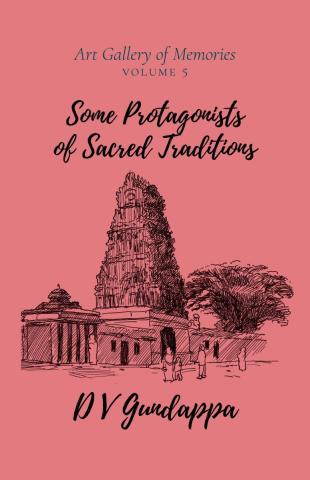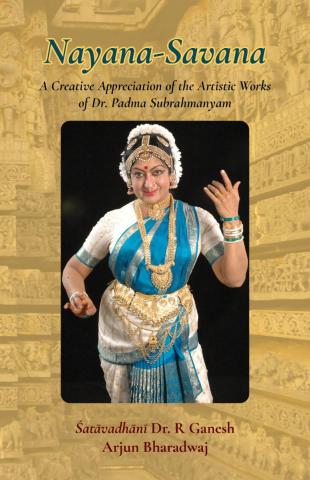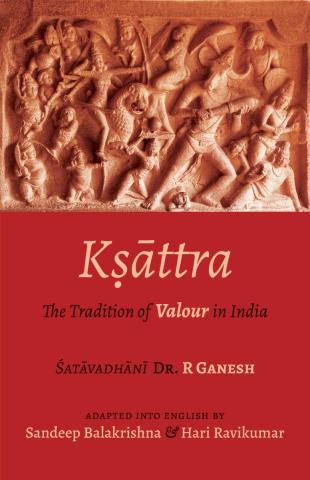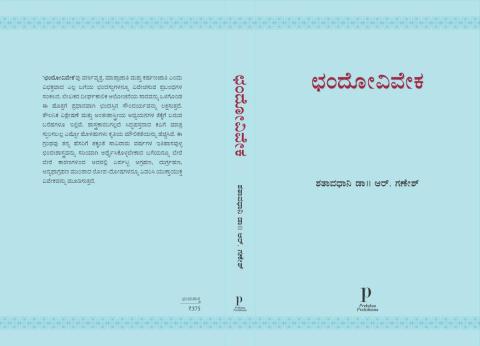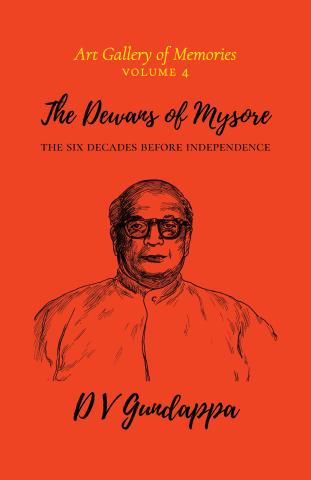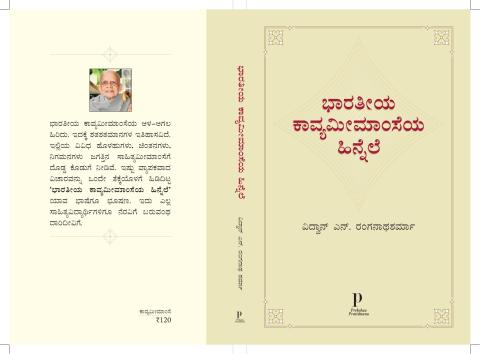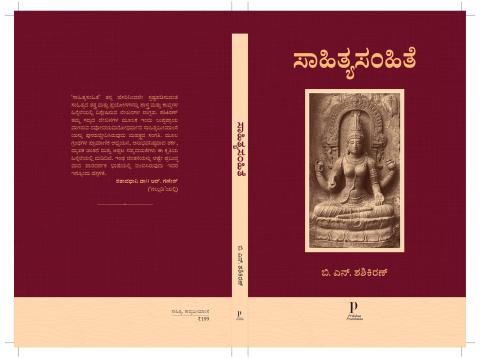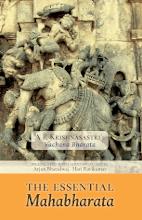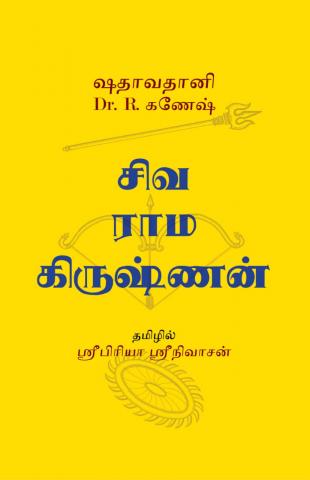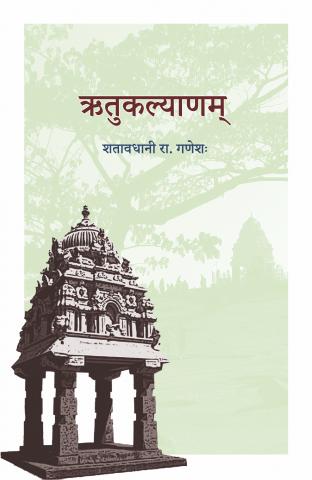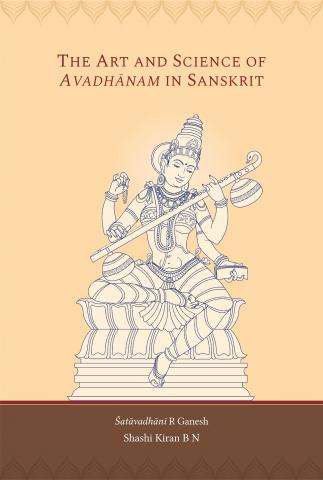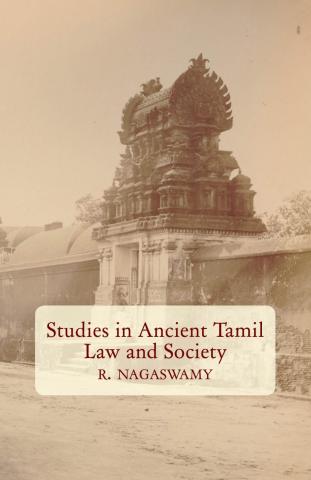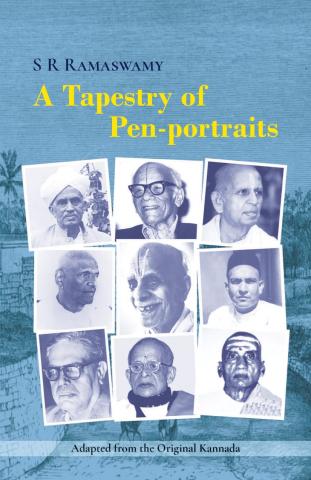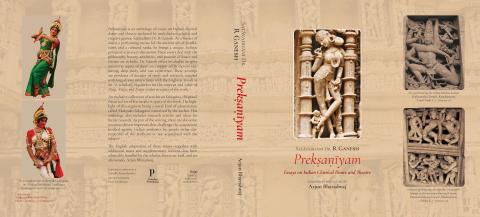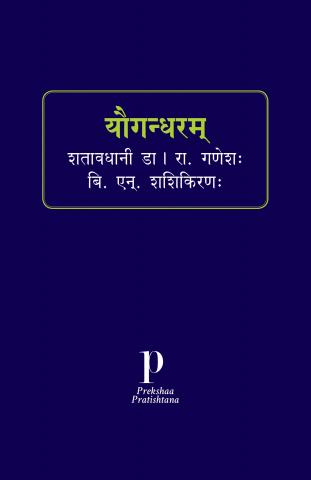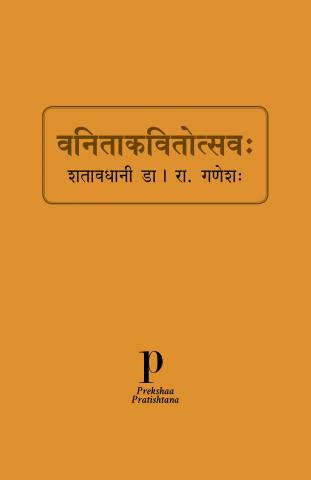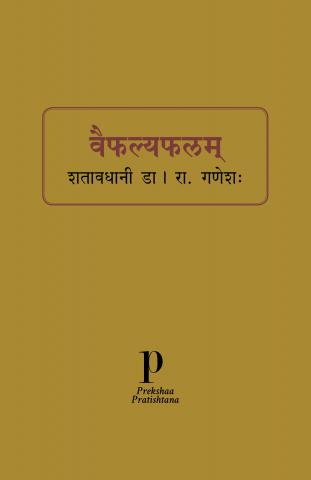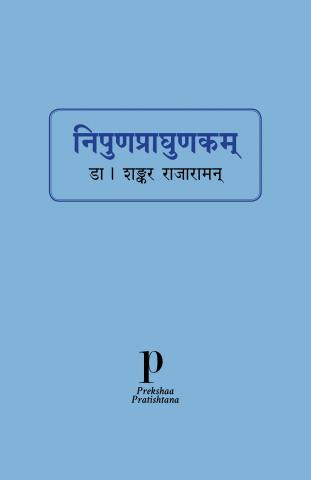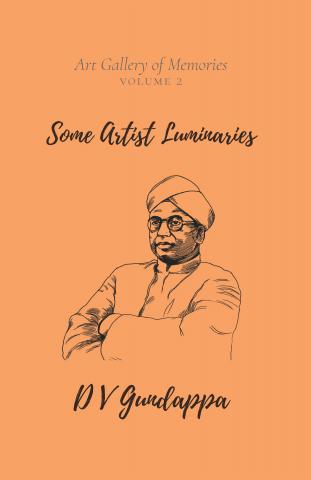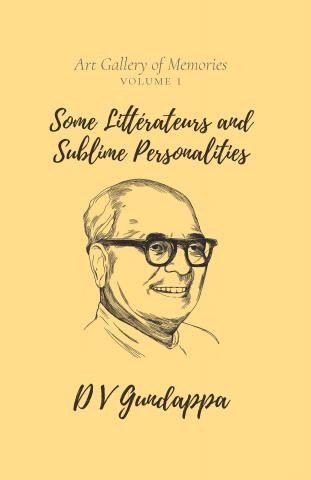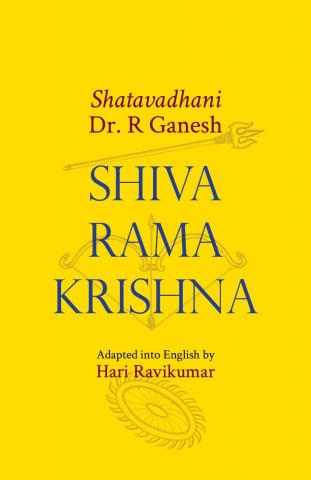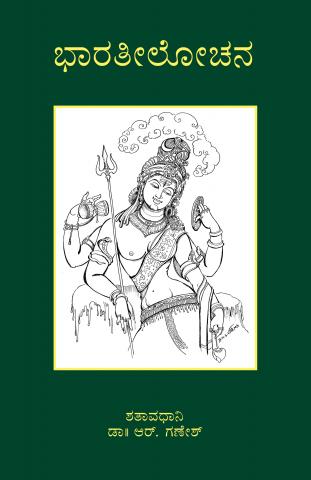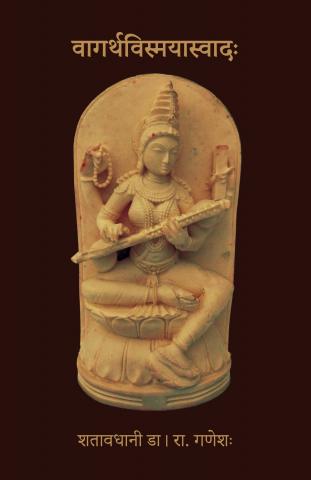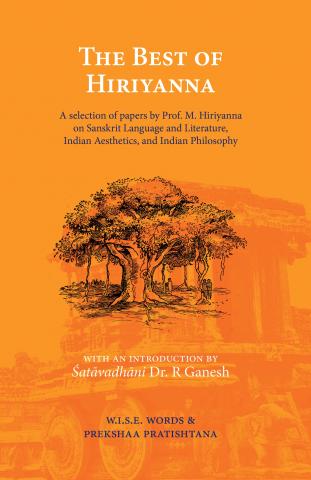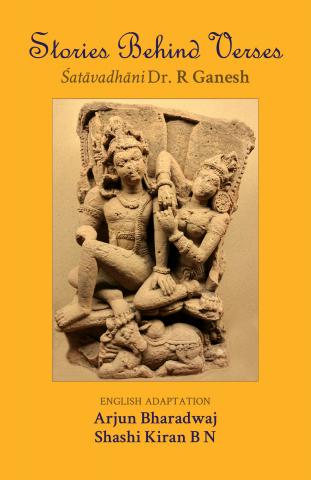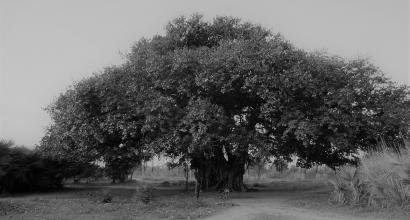The contribution of Kerala to Sanskrit literature is tremendous. Just recalling the name of Śrī Śaṅkarācārya is enough to evoke in our minds the vast magnitude of the literary contribution from Kerala. The state had a unique setup, where anyone could learn Sanskrit irrespective of their caste or creed, and such indeed is the outlook of sanātana-dharma. Women in particular used to be trained in Sanskrit. One such Sanskrit scholar was Manoramā Tampuraṭṭi, who was born in 1760 CE. When Tipu Sultan, the Islamic fanatic, raided the coastal regions of Kerala and the Malabar region, she fled to Tiruvanantapuram and breathed her last there in 1828 CE.
We have already seen the anecdote connected with her life and her ill-matched husband (see pp. 159-60 of Stories Behind Verses). After the death of her first husband, when she was living with the dull-witted Pākkaṭṭū Bhaṭṭatiri, she came to know of Kārtika Tirunāḻ, the king of Tiruvanantapuram. The king fell in love with her. However, social circumstances stopped her from taking this any further. The conversation that took place between the two in this context is quite interesting.
Kārtika Tirunāḻ
हेमाम्भोजनि राजहंसनिवहैरास्वाद्यमानासवे
भृङ्गोऽहं नवमञ्जरीकृतपदस्त्वामेव किञ्चिद्ब्रुवे ।
चेतो मे भवदीयपुष्पमकरन्दास्वादने सस्पृहं
वाच्यावाच्यविचारमार्गविमुखो लोकेषु कामी जनः ।१।
“My dear golden-lotus! Adored you are by royal swans!
And here I am, just a bee, seeking the nectar of fresh flowers My mind is thirsty;
only you can quench this thirst
When in love, people seem unable
to care about anything;
they lose their sense of discretion.”
Manoramā Tampuraṭṭi
धीमन्! सद्गुणवारिधे! तव मनोवृत्तिर्महाकोविदै-
र्दुर्ज्ञेया स्वत एव लोलहृदयैर्नारीजनैः किं पुनः?
त्वत्सन्देशममुं किमर्थमिति नो निश्चिन्महे क्रीडितुं
किं वा साम्प्रतमस्मदीयहृदयज्ञानाय हासाय वा? ।२।
“O brilliant one, my dearest, abode of all virtue!
When even the learned find it hard
to understand your thoughts,
what can I say of tender-hearted women?
What should I make of your message?
Are you trying to understand my heart
or is it just your idea of a joke?”
Kārtika Tirunāḻ
हासाय नैव दयिते! भवदीयचित्त-
ज्ञानाय नैव यदिदं वचनं मयोक्तम् ।
जम्भारिकुम्भिवरकुम्भविजृम्भमाण-
डम्भापहारिकुचसम्परिरम्भणाय ।३।
“It was neither meant to mock you, my dear
nor was it to understand your thoughts!
I said it solely with the desire
to embrace your ample bosom.”
After having received replies like these, Monorama did fall in love with Kārtika Tirunāḻ, but circumstances forced her to keep their love concealed. She sent him several verses denying her love. These verses could fill a volume of vipralambha poetry. These verses are testimony to her longing, her helplessness, and her awareness of social circumstances.
Manoramā Tampuraṭṭi
सर्वं त्वया विदितमेव समग्रयायिन्!
कुर्यां यथा निगदितं न कुलाङ्गनास्मि ।
प्रायेण सम्प्रति जनाः परिहासशीला-
स्तत्कातरास्मि नितरां न परोऽत्र दोषः ।४।
“You know it all;
I am not a kulavadhū
Yet I shall keep my word
People might ridicule us, but I long for you
and shall always be in love.”
सरस्तीरारामे सरसतरकूजद्द्विजकुले
सखे! किञ्चित्कालं विरम मृदु गायन् भ्रमर! भोः ।
गरुद्व्यायामाय स्वयमत इतो यास्यति यदा
तदा हंसः स्वैरी तव खलु वशेयं कमलिनी ।५।
“Oh bumbling bee!
By the side of the beautiful lake,
where the birds are singing sweet
and the swans are swimming swift,
you wait in anticipation for a while;
in no time, as the swan takes off
to exercise its wings,
this lotus will be eager to receive you.”
In the above verse, it looks like Manoramā is giving her consent to their secret affair. The anyāpadeśa in the verse is also noteworthy, and it helps raise the verse above vulgarity. The bee is the king and the lotus is Manoramā and he has to wait for the proper time.
सदैव मे चेतसि निस्सहायः
करोषि कान्त! त्वमिहैव वासम् ।
अहं कदाचिन्न वसामि तेऽन्तः
क्षमस्व धीमन्नपराधमेनम् ।६।
“You will reside in my mind forever
But I won’t be the only one
to reside in your mind forever
Please do forgive this fault of mine.”
This is a good example of vyāja-nindā. It indicates that the king had forgotten her. However, the manner in which she has expressed it is inimitable.
The following verse speaks of her craving and her heartbreak.
नाथ! त्वदङ्गपरिरम्भणरोधभीत्या
मुक्तावलीं स्तनतटे न तु विक्षिपामि ।
अद्यावयोर्विधिवशेन बतान्तराले
तिष्ठन्ति नाथ! नगराद्रिनदीशतानि ।७।
“O my beloved!
I even stopped wearing my pearl necklace,
fearing that it would come between us
as we embraced, and now, we have
towns, mountains and rivers separating us!”
The viṣamālaṅkāra in this verse is brilliant and reminds us of a similar verse in Hanūmannāṭaka. Manoramā probably wrote the verse after she returned to Malabar, several years after Tipu Sultan’s attack.
Even today, Manoramā is little known outside Kerala. This episode of dialogue-poetry and the tender feelings expressed in these verses could easily win the hearts of lovers of poetry and historians alike.



